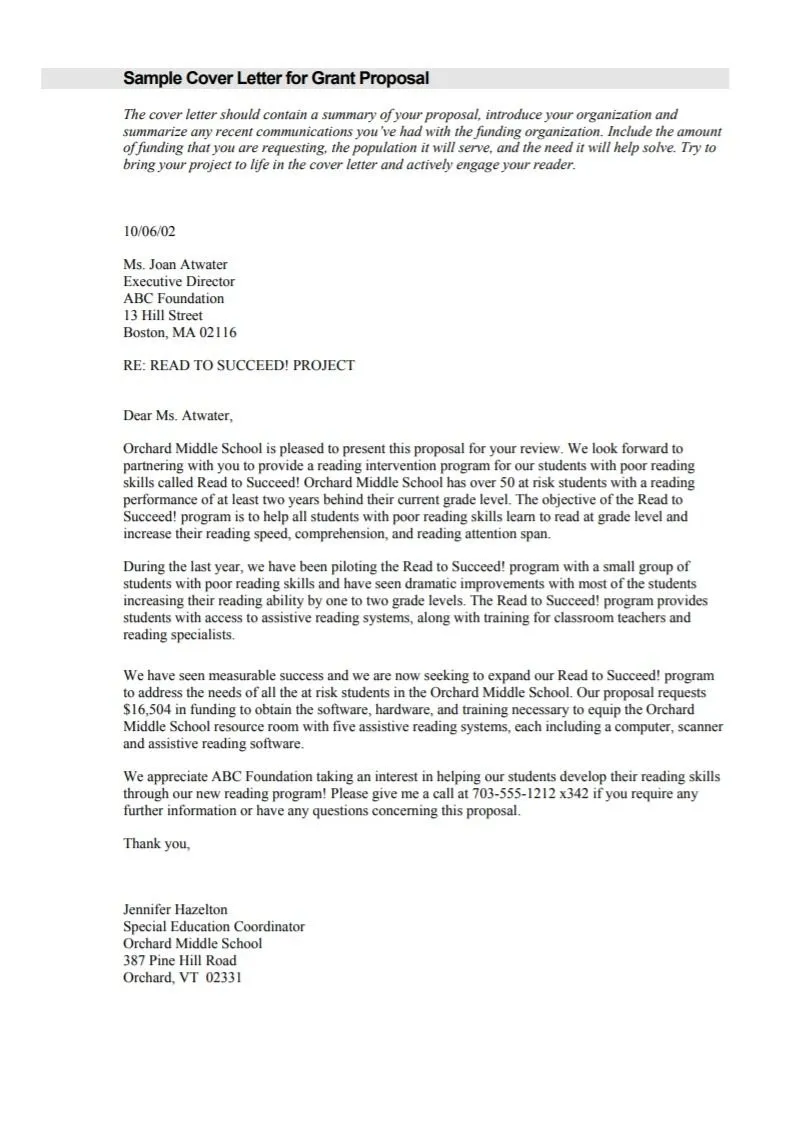What is a Proposal Cover Letter?
A proposal cover letter is a crucial element of any business proposal. It serves as an introduction, a summary, and a personalized message to the recipient. Think of it as the first impression your proposal makes. It’s the initial handshake, the opening statement that sets the tone for the entire document. A well-crafted cover letter not only introduces your proposal but also highlights its key benefits and persuades the reader to delve deeper. It demonstrates professionalism, attention to detail, and a clear understanding of the recipient’s needs. Without a strong cover letter, even the most compelling proposal might get overlooked. This important document should be customized for each proposal, tailored to the specific project and the intended audience. The proposal sample cover letter showcases your understanding of the project and your commitment to its success.
Purpose of a Proposal Cover Letter
The primary purpose of a proposal cover letter is to capture the reader’s attention and encourage them to read the full proposal. It’s designed to create interest and build anticipation. It establishes a direct connection with the recipient, addressing them personally and showing that you understand their needs and challenges. The cover letter reinforces the key benefits of your proposal. It emphasizes how your solution addresses their specific requirements and offers tangible value. It also provides a brief overview of the proposal’s contents, making it easier for the reader to navigate the document. Furthermore, a well-written cover letter underscores your professionalism and attention to detail. It shows that you’re serious about the opportunity and committed to providing a high-quality solution. The goal is to make your proposal stand out from the competition and increase your chances of securing the project.
Key Components of a Winning Cover Letter
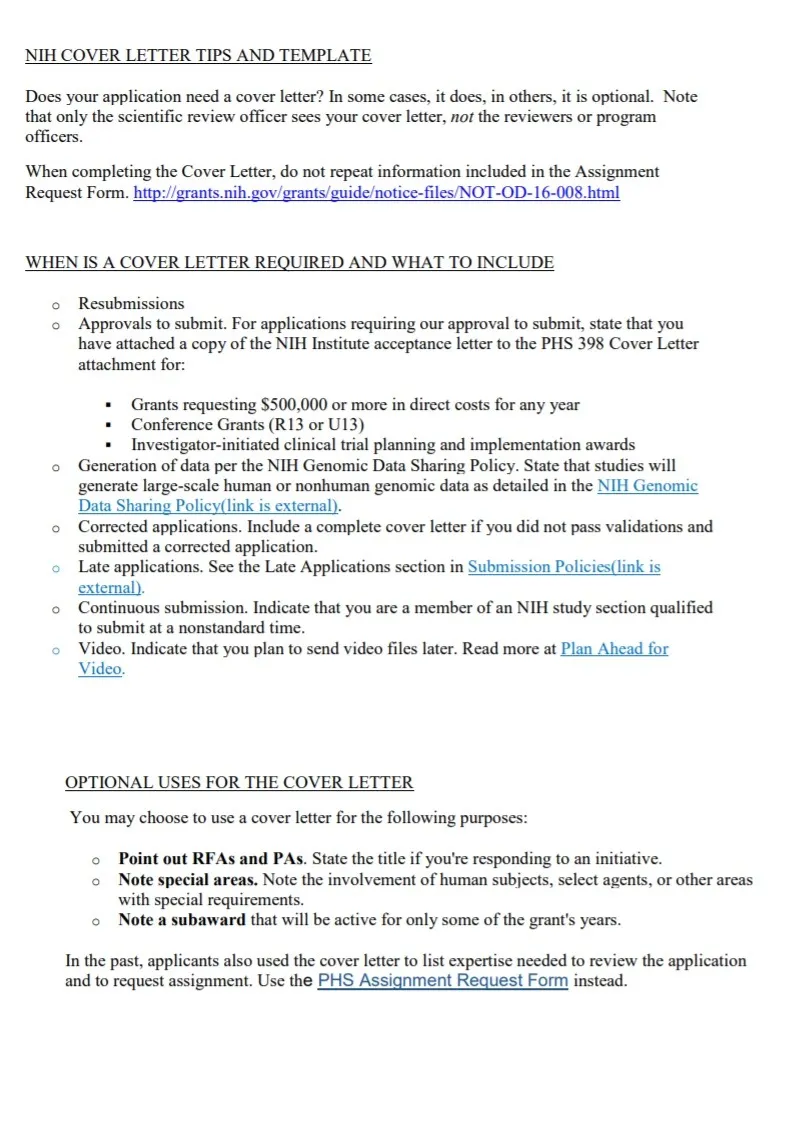
A winning proposal cover letter consists of several key components that work together to create a compelling message. These elements should be carefully crafted to make a positive impact. Each component plays a vital role in convincing the recipient of the value of your proposal and your ability to deliver on your promises. From the opening greeting to the call to action, every part should be clear, concise, and tailored to the specific proposal and the recipient’s needs.
Contact Information and Date
Begin with your contact information (your name, title, company, address, phone number, and email address) at the top, usually on the left side. Include the date below your contact information. Make sure the date format is consistent and professional. This ensures the recipient can easily contact you and knows when the letter was written. Accurate contact details and a clear date also provide essential context for your proposal. This helps in organization and record-keeping. It adds a professional touch. Keep the contact information concise and easy to read. This includes the name, title, company, address, phone number, and email address. Always confirm the date format for consistency.
Company Information
Following your contact information and date, include the recipient’s information. Address the letter to a specific person, if possible. If a name is available, use it. Include the recipient’s title, company name, and address. If you can’t find a name, research the organization to find the appropriate contact person or use a general salutation like ‘Dear [Hiring Manager]’ or ‘To Whom It May Concern’. This shows you’ve done your homework and are reaching out to the right person. Ensure the company details are accurate. Double-check spelling and ensure the address and other contact details are correct. Accurate details create a good first impression.
Opening Statement
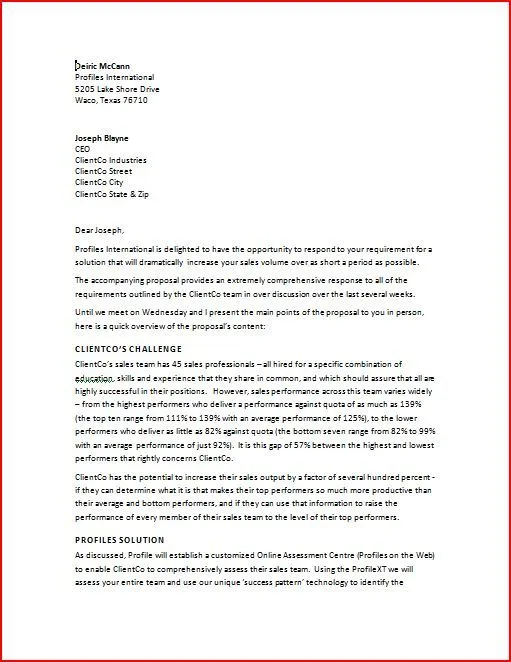
The opening statement is your opportunity to grab the reader’s attention. State the purpose of your letter and briefly mention the proposal you’re submitting. Express your enthusiasm for the opportunity. You might reference a specific project or need the recipient has mentioned, showing that you understand their requirements. Keep it concise and focused, highlighting the key aspect of the proposal. Start with a professional greeting, such as ‘Dear [Recipient’s Name]’. In the opening sentence, state the purpose of the letter, such as ‘I am writing to submit a proposal for…’ or ‘We are pleased to present our proposal for…’. Consider adding a brief statement about your company’s understanding of the project or the client’s needs, to establish immediate relevance.
Highlight Key Benefits
In the main body of your letter, highlight the key benefits of your proposal. Focus on how your solution addresses the recipient’s needs and what advantages it offers. Use concise and impactful language to emphasize the value you bring. Mention specific achievements or results that demonstrate your ability to deliver. Briefly summarize the main points of your proposal, focusing on the benefits. Use bullet points or numbered lists if it helps to highlight your points. Tailor your highlights to the recipient’s needs and priorities, showing you have carefully considered their requirements. Think about what the recipient will gain from accepting your proposal. Address how it solves a problem, saves money, or improves efficiency. Emphasize these points.
Call to Action
End your cover letter with a clear call to action. Tell the recipient what you want them to do next, such as reviewing your proposal or scheduling a meeting. Make it easy for them to take the next step. Thank the recipient for their time and consideration. Provide your contact information again, in case they need to reach you. Express your enthusiasm for the opportunity. Include a positive and forward-looking statement. Make the call to action clear and easy to follow. Suggest that they review your proposal and contact you with any questions or to schedule a meeting. For example, ‘We look forward to discussing this proposal further and answering any questions you may have. Please feel free to contact us at your convenience to schedule a meeting.’ Always thank the recipient for their time and consideration.
Formatting and Style

Proper formatting and style are essential for creating a professional and readable proposal cover letter. The presentation of your letter is just as important as its content. Clean formatting, clear language, and a professional tone show that you are detail-oriented and committed to excellence. A well-formatted letter is easy to read, making it more likely that the recipient will understand your message. Pay attention to layout, font choice, and overall design. A polished and well-formatted cover letter makes a positive first impression and enhances your credibility.
Tone and Language
Use a professional and confident tone. Avoid slang, jargon, or overly casual language. Write in a clear and concise style, avoiding complex sentences or overly formal phrasing. Maintain a positive and enthusiastic tone throughout the letter. This shows that you are excited about the opportunity and confident in your ability to deliver. Customize the language to match the recipient’s industry and company culture. Proofread carefully to eliminate any grammatical errors or typos. Ensure your writing is clear, concise, and persuasive. Use active voice to create a more direct and engaging tone. Avoid passive constructions that can make your writing seem weak or unclear. Make sure to emphasize the benefits and value you bring. Keep your language focused and results-oriented. Use a professional tone and language to instill confidence in the recipient.
Length
Keep your proposal cover letter concise. Aim for one page, or at most two. The recipient is likely busy, so get to the point quickly. Prioritize the most important information, such as the key benefits of your proposal. Be sure to summarize your key points and highlights. Use concise paragraphs and bullet points to make the letter easy to scan. Focus on providing a clear overview of the proposal, not an exhaustive summary. Include only essential details, avoiding unnecessary information. Always remember, the cover letter is an introduction. The full proposal contains detailed information.
Proofreading and Editing
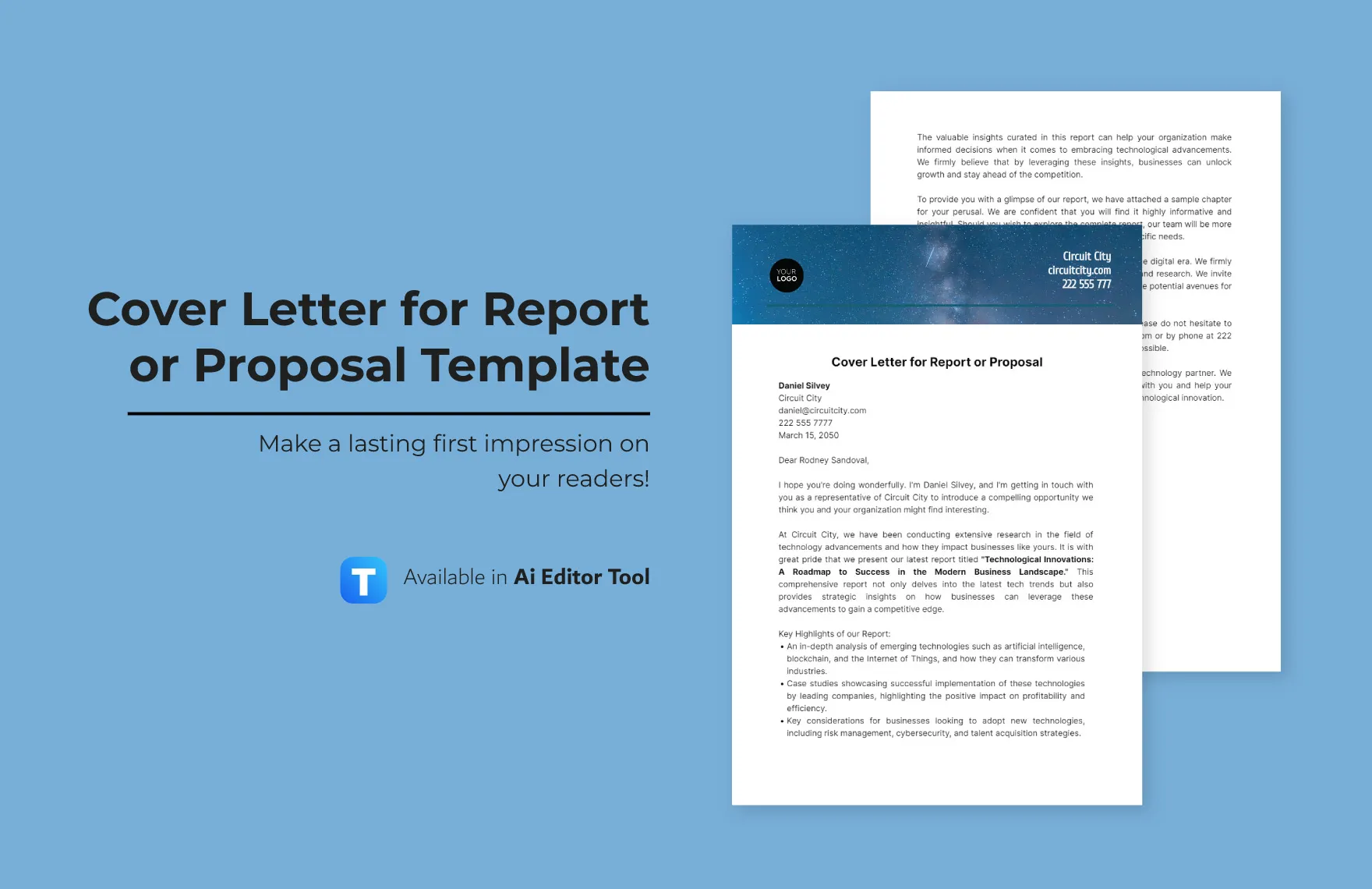
Proofreading and editing are essential steps in creating a professional proposal cover letter. Thoroughly review your letter for any errors in grammar, spelling, punctuation, and formatting. Errors can damage your credibility. Read the letter aloud, or have someone else review it. This can help you catch mistakes you might miss when reading silently. Verify that all contact information and dates are correct. Proofread for any typos or inconsistencies. Make sure the formatting is consistent throughout the document. Ensure the tone and language are appropriate for the recipient. Edit for clarity and conciseness, removing any unnecessary words or phrases. Ensure you have a polished and error-free document before you submit it.
Common Mistakes to Avoid
Avoiding common mistakes can significantly improve your proposal cover letter. These mistakes can weaken your message. They can make your proposal look unprofessional. The goal is to create a strong first impression. Careful attention to detail is essential. Knowing what to avoid is just as important as knowing what to include.
Generic Letters
Avoid sending a generic cover letter that is not tailored to the specific proposal or recipient. A generic letter shows a lack of effort and consideration. Tailor your letter to each proposal. Address the recipient by name, if possible. Show that you understand the recipient’s needs and the project’s specifics. Research the company. Mention specific needs or challenges that the recipient has. Demonstrate your understanding of the project and its objectives. Customize the content to the individual needs and requirements.
Ignoring the Recipient
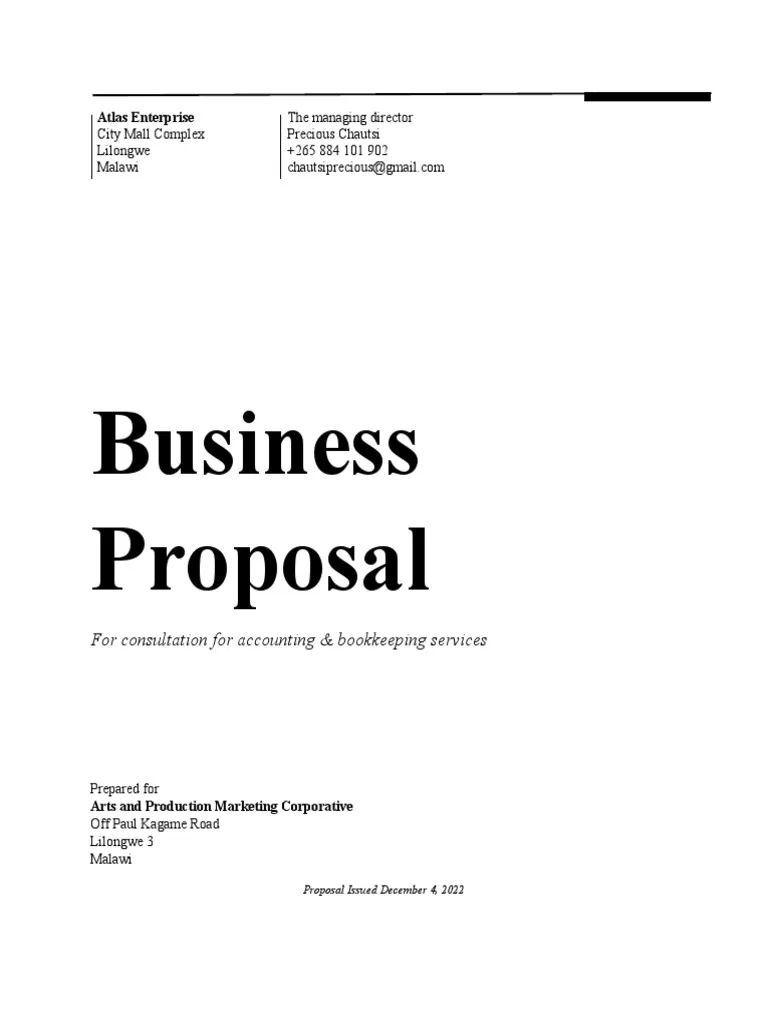
Do not ignore the recipient’s needs or preferences. Your letter should address their specific requirements and demonstrate your understanding of their situation. Research the recipient’s company and industry. Demonstrate that you’ve done your homework. Show that you understand their needs. Explain how your proposal addresses their challenges and offers value. Focus on their perspective. Tailor the content to show you understand their unique situation and address their specific concerns.
Lack of Enthusiasm
Avoid a lack of enthusiasm. A dull or uninspired cover letter won’t capture the reader’s interest. Convey your excitement for the project. Use a positive and confident tone. Show that you are passionate about what you do. Highlight the benefits and advantages of your proposal. Emphasize how your solution addresses the recipient’s needs. Display confidence in your ability to deliver results.
Failing to Proofread
Do not skip proofreading. Typos, grammatical errors, and formatting mistakes can undermine your credibility and make you appear unprofessional. Always proofread your cover letter before submitting it. Check for spelling, grammar, and punctuation errors. Verify that all contact information is correct. Review the formatting for consistency. Ask someone else to proofread your letter to catch any mistakes you may have missed. Careful proofreading ensures a polished and professional presentation.
Examples of Successful Proposal Cover Letters
Studying examples of successful proposal cover letters can help you understand how to craft your own. Look at these examples for inspiration and to learn best practices. They provide insights into effective language, formatting, and content. Analyze the structure and tone of successful letters. Tailor the components to fit your specific proposal and audience. Adapt the examples to suit your unique needs. You can find these examples online. Analyze their formatting, tone, and structure. Use them as a guide to create a persuasive and effective cover letter. Good examples demonstrate the key components in action. They illustrate how to present your information clearly and persuasively. Successful cover letters highlight the key benefits of the proposal. They encourage the reader to take the next step, like reviewing the full proposal or scheduling a meeting.
